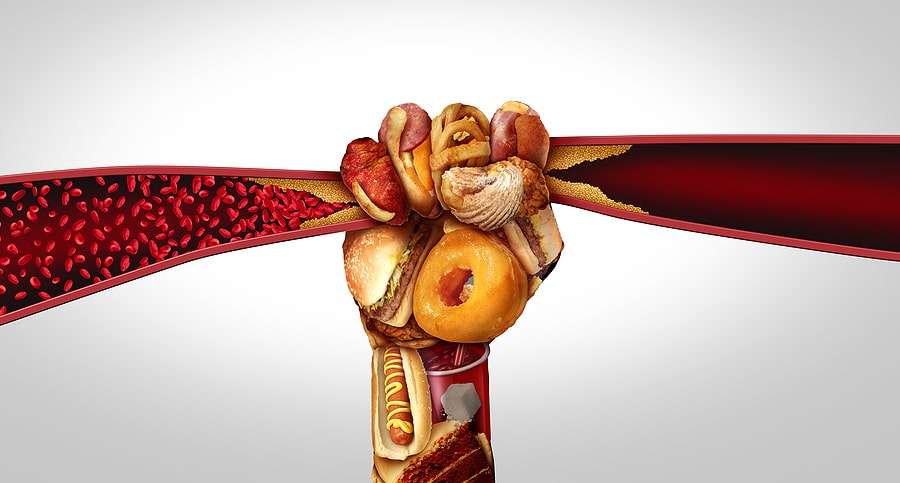A Look at Prevention and Treatment of Arteriosclerosis
Posted by: Tampa Cardio
On: November 7, 2022

Vascular arteriosclerosis is a type of vascular disease that can be caused by various factors including uncontrolled ongoing high blood pressure and cholesterol.
There are three different ways that arteriosclerosis can manifest and present itself.
- Coronary Artery Disease (CAD)
When plaque buildup forms in a coronary artery, it can block the flow of blood to the heart. It can then lead to symptoms such as chest tightness and shortness of breath. Although people may initially not notice these symptoms, they can eventually develop them as the disease progresses. If left untreated, it can lead to the possibility of a heart attack.
Coronary artery disease is the most common type of heart disease killing nearly 370,000 Americans annually.
Heart attack is the most feared complication of coronary artery disease.
Treatment: For those diagnosed, there are two options.
Medical therapy – This involves the use of medications, such as aspirin, beta blockers, and cholesterol-lowering drugs.
Revascularization – procedures used to restore blood flow to the heart manually. Coronary stents are used via surgical implantation to open narrowed arteries.
- Peripheral Artery Disease and Carotid Artery Disease
Peripheral artery disease, or PAD, is a type of vascular disease that affects the arteries that go beyond the heart. It can manifest in the legs and in the vessels that supply blood to the head and aorta.
People with this condition should be aware of their symptoms, such as pain in the lower legs. It could be a sign of peripheral artery disease.
Symptoms of a transient ischemic attack include:
- Temporary loss of vision, especially in one eye
- Numbness or tingling in the face
- A sudden, severe headache
- Dizziness or loss of balance
Treatment – The best form of treatment is prevention. As for correction, the answer is the same as with Coronary Artery Disease. Stenting and surgical intervention may be required.
- Aortic aneurysm
Aortic aneurysms are not the same as brain aneurysms.
Aortic aneurysms are abnormal enlargements in the aorta, which is the body’s largest blood vessel. If left unchecked, they can weaken the wall of the vessel, which can lead to fatal consequences.
Aortic aneurysms can be “silent”—meaning there are no outward symptoms—and go undetected until a routine screening.
Treatment – Aortic aneurysms are treated by reducing blood pressure and, often, with vascular stenting or surgery.
The Next Step
If these conditions pertain to your health, we are happy you found us and invite you to come to see us at Tampa Cardiovascular Associates of the greater Tampa Bay area. You can learn more about our practice by visiting www.tampacardio.com or calling us for your appointment at 813-975-2800.
Posted by: Tampa Cardio
On: 07/11/2022
